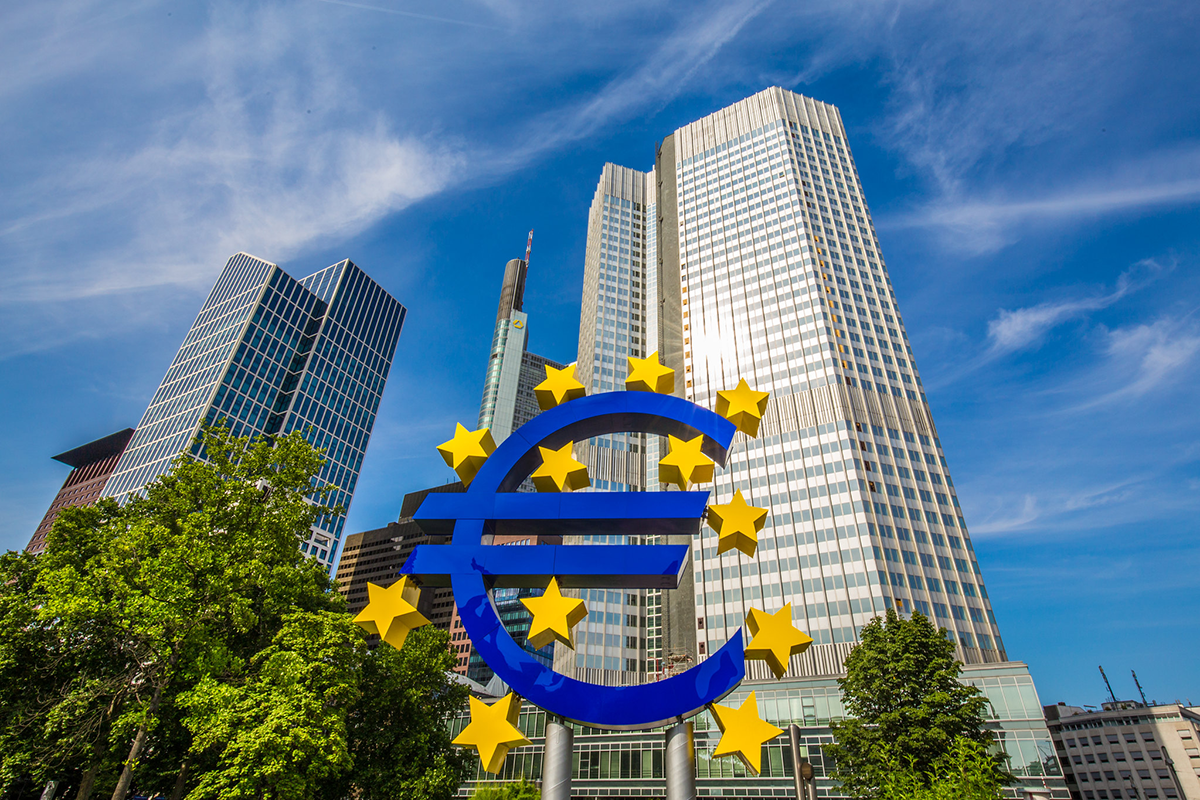The International Monetary Fund has cut its global growth forecast in its latest World Economic Outlook, warning that a wave of new tariffs and surging policy uncertainty are dragging the world economy into a slower, more fragile phase. The report marks a sharp reversal from the IMF’s January 2025 update, which had projected stable—if subdued—growth through the next two years.
- The Fund now sees global GDP rising just 2.8% in 2025 and 3.0% in 2026, down from 3.3% for both previous years.
- The IMF frames its current projections as a “reference forecast” based on available information, acknowledging the complexity and volatility of the moment
Global Slide The biggest downgrade comes for the United States, where growth is expected to slow to 1.8% in 2025, nearly a full percentage point below the IMF’s January projection.
- Growth in the euro area is now seen at just 0.8%, down slightly from earlier expectations.
- Emerging markets and developing economies are also taking a hit, with projected growth falling to 3.7% in 2025 and 3.9% in 2026, particularly in countries heavily exposed to new trade restrictions.
What’s Happening: The IMF attributed the shift to a dramatic change in the global policy landscape. In early April, the United States implemented a sweeping series of tariff increases, prompting swift retaliation from major trading partners. According to the report, effective tariff rates have surged to levels “not seen in a century,” marking a significant departure from decades of liberalized global trade.
- The result has been a sharp rise in policy uncertainty, which the IMF says is already curbing investment and dampening economic activity.
Trade War: The report warns that the risks are skewed heavily to the downside. The combination of rising protectionism and declining economic resilience—after years of pandemic and geopolitical shocks—leaves the global economy increasingly vulnerable. “Ratcheting up a trade war, along with even more elevated trade policy uncertainty, could further reduce near- and long-term growth, while eroded policy buffers weaken resilience to future shocks,” the IMF stated.
Impact on Rates: A slowing economy usually means that we could get a rate cut to juice the economy. However, if the slowdown is because of stagflation 9low growth and rising prices) The Fed will be forced to raise rates to combat inflation.



